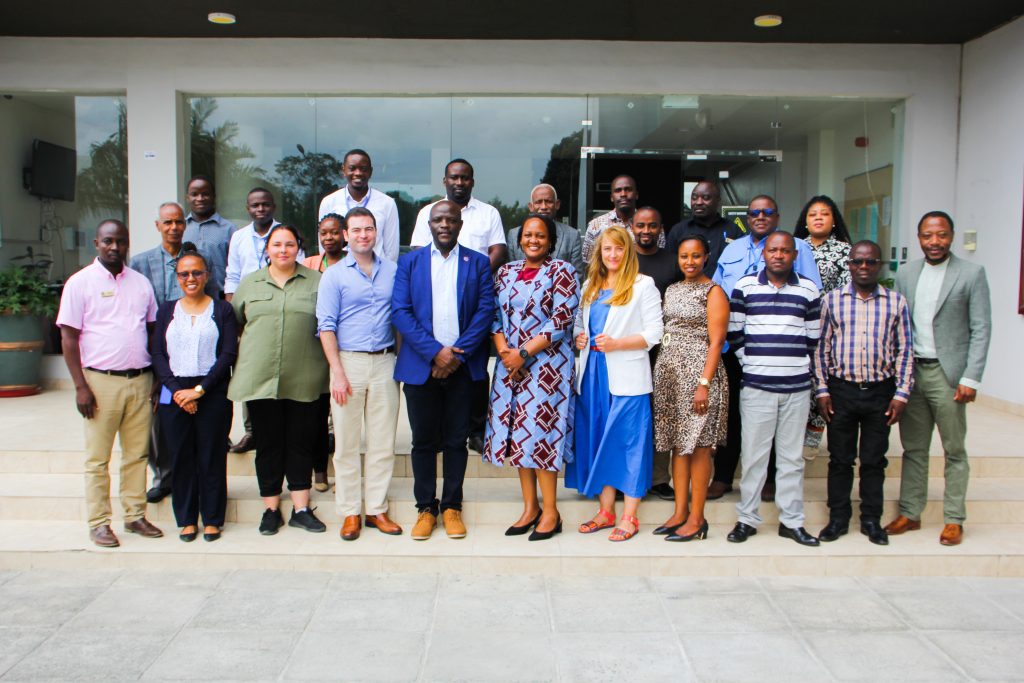
The World Health Organisation (WHO) hosted a training on the Direct Detection and Nanopore Sequencing (DDNS) technique at the National Public Health Reference Laboratory in Dar es Salam, Tanzania from 26th August to 30 August 2024. The participating countries were Tanzania, Eritrea, Rwanda, Malawi and Kenya.
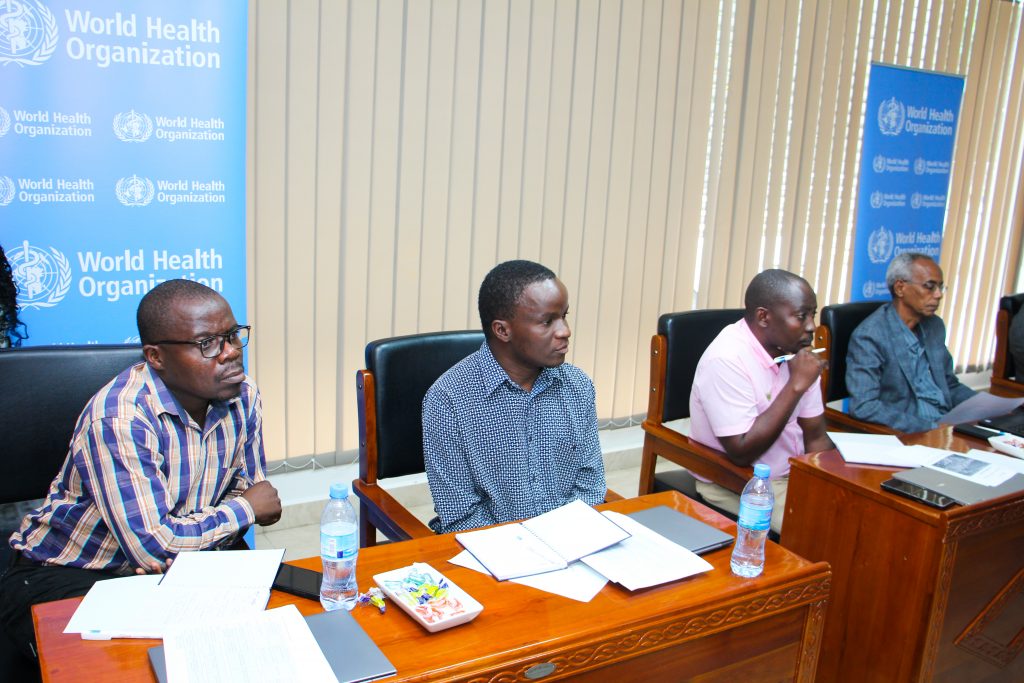
Malawi was represented by Mr Mphatso Bukhu and Mr Happy Manda. The training was opened by the Deputy Director of Tanzania Public Health Institute who in her words encouraged the participants to be participative and facilitate networking in the family of the public health laboratories in Africa. She further emphasised working together in the fight against outbreaks with a citing as an example of the current Mpox pandemic that is threatening African countries.
The workshop targeted sequencing of poliovirus using Nanopore technology. Poliomyelitis (polio) is a highly infectious and sometimes fatal disease caused by a virus. Polioviruses are small single-stranded RNA viruses that belong to the Enterovirus subgroup of the family Picornaviridae. Humans are the only reservoir for the polio virus. The virus invades the nervous system and can cause irreversible paralysis. The disease usually affects children under five years.
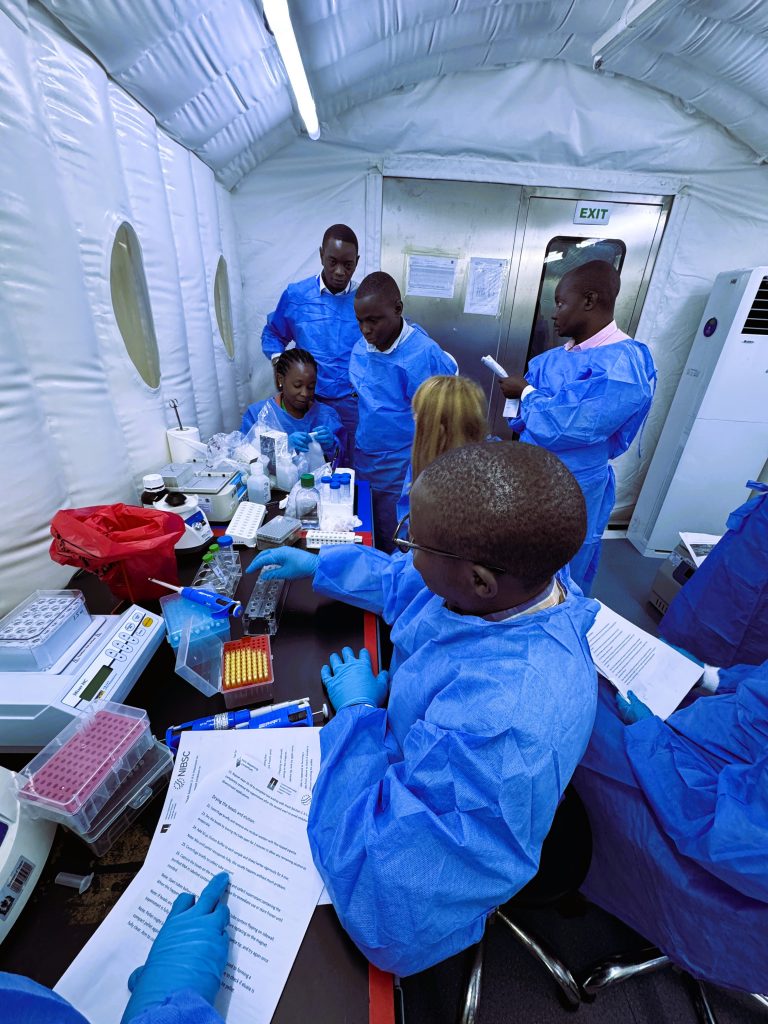
Practicing time in a genomics laboratory
Polio cannot be cured, but safe vaccines can effectively prevent the disease. When administered multiple times, a proper polio vaccine can protect a child from this disease for life. Despite the substantial progress made by the Global Polio Eradication Initiative (GPEI), poliomyelitis remains a major health problem in under-immunized communities. Emerging poliovirus transmission and current outbreaks of circulating vaccine-derived poliovirus (cVDPV) are such setbacks to the GPEI. Furthermore, a combination of delayed receipt (shipping) of stool samples, time taken for virus isolation using cell culture and insufficient sequencing capacity result in delay of outbreak interventions. The Global Polio Surveillance Action Plan (GPSAP) 2022-2024 aims to increase the speed of poliovirus detection, improving surveillance and timely intervention campaigns.
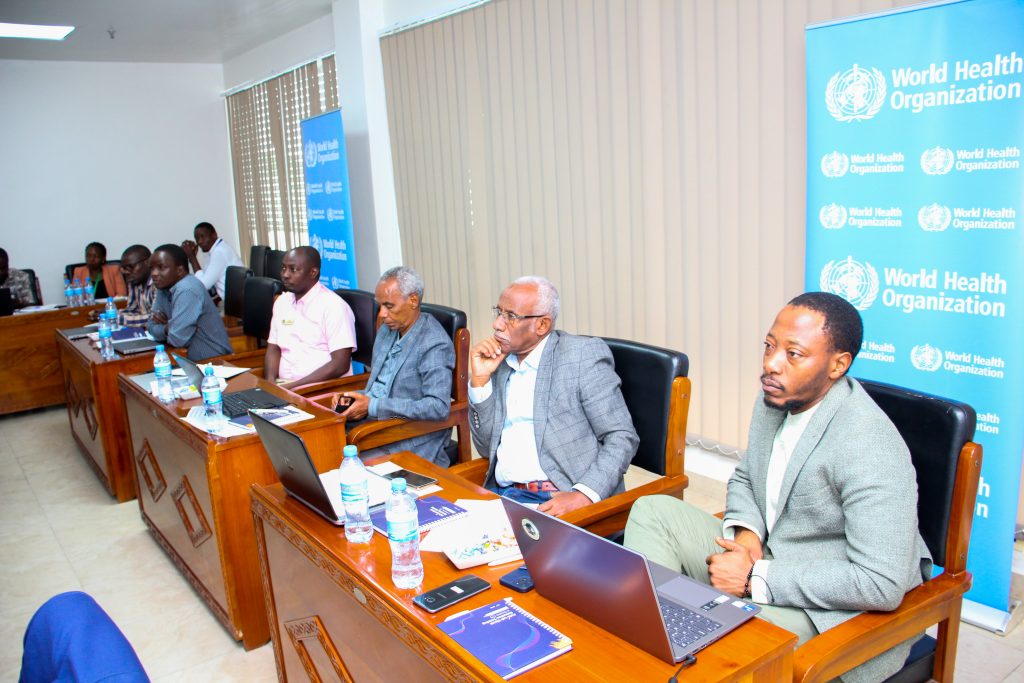
Direct Detection by Nanopore Sequencing (DDNS) allows rapid molecular detection and sequencing of poliovirus from stool samples in a simple integrated protocol. It replaces cell culture, intratypic differentiation (ITD) and Sanger sequencing, allowing case confirmation by generating a VP1 sequence in less than 7 days of sample processing. It can be performed in any laboratory with experience conducting PCR, bringing sequencing capacity to many more Global Polio Laboratory Network (GPLN) laboratoriess. This improved next-generation sequencing method is currently being validated for implementation with ongoing successful parallel testing in priority Polio labs and the method offers an opportunity to interrupt ongoing transmission of polioviruses of programmatic importance.
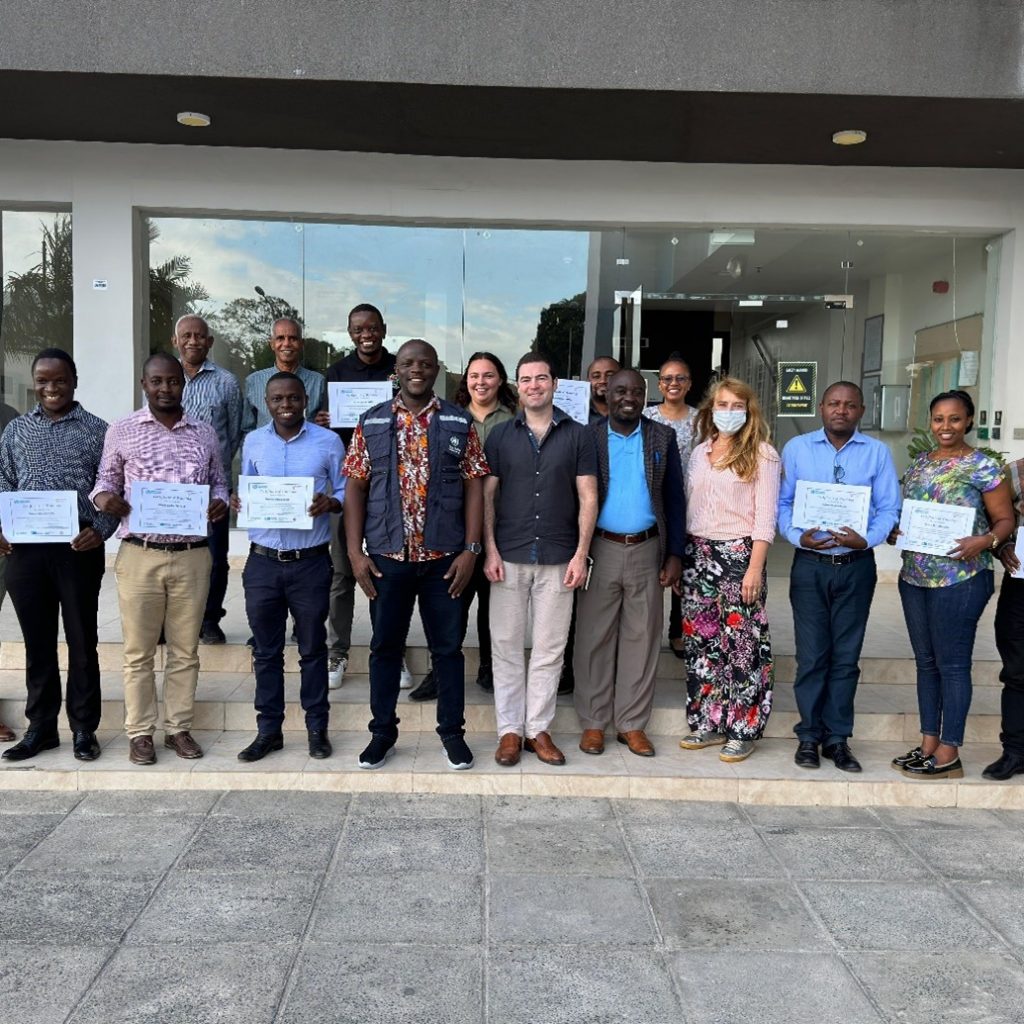
In laboratories which are not part of the Global Polio Laboratory Network (GPLN) laboratories like Malawi, considering the Global Action Plan for Containment of polioviruses, it is imperative to prepare a comprehensive SOP to guide the handling, processing, and containment of stool specimens for poliovirus detection by Direct Detection and Nanopore Sequencing (DDNS). This will improve poliovirus detection and monitoring in countries whose laboratories are not part GPLN within the WHO-AFRO region.
